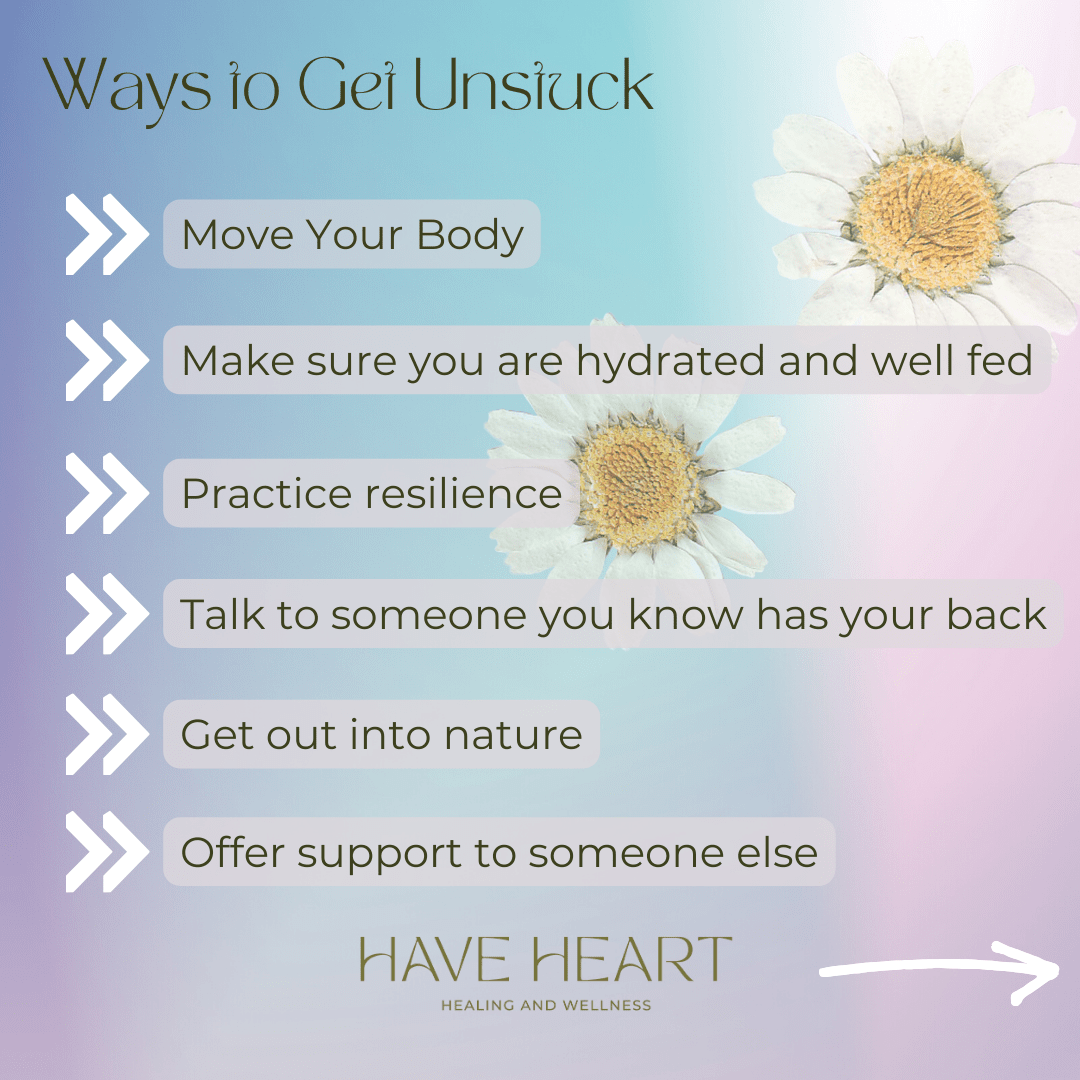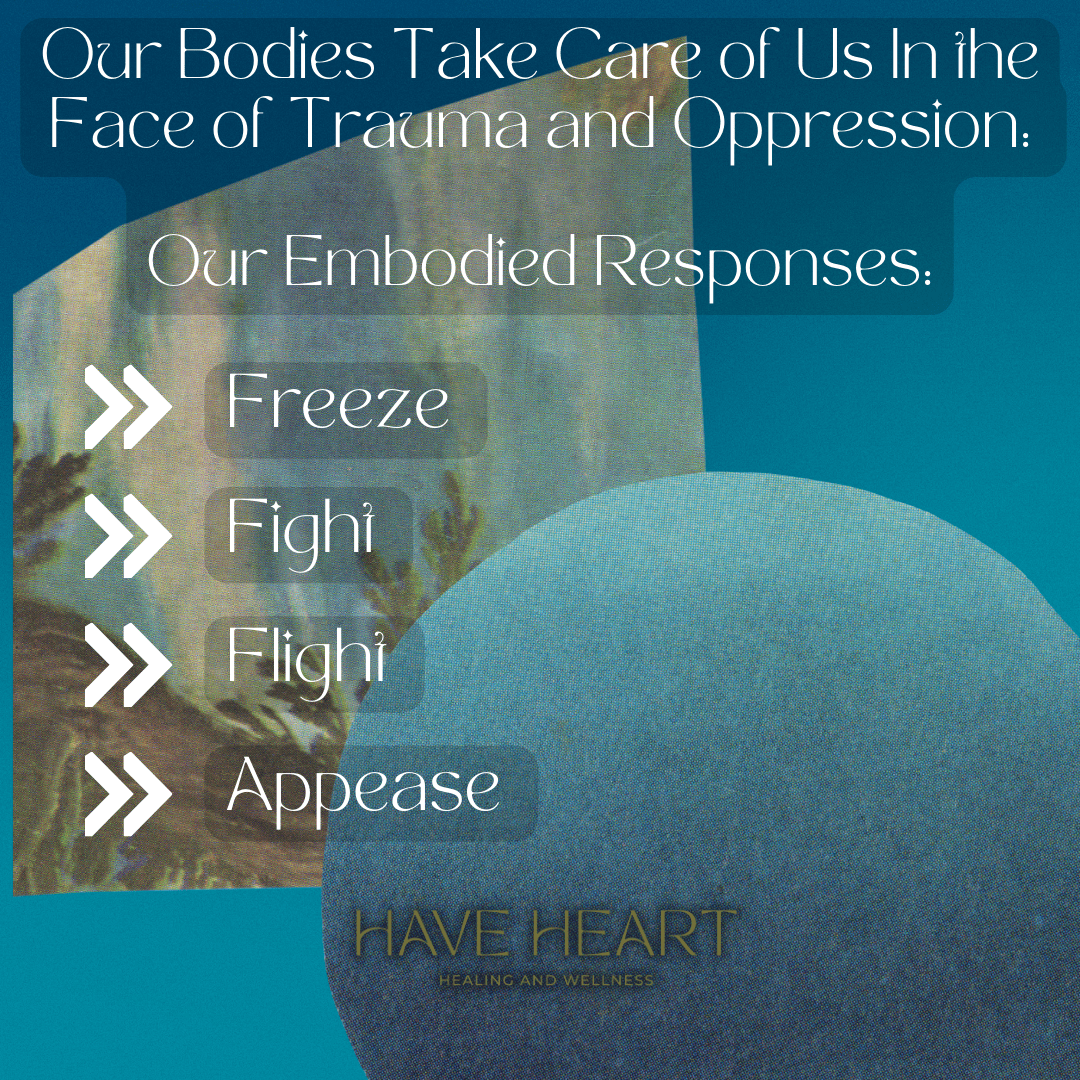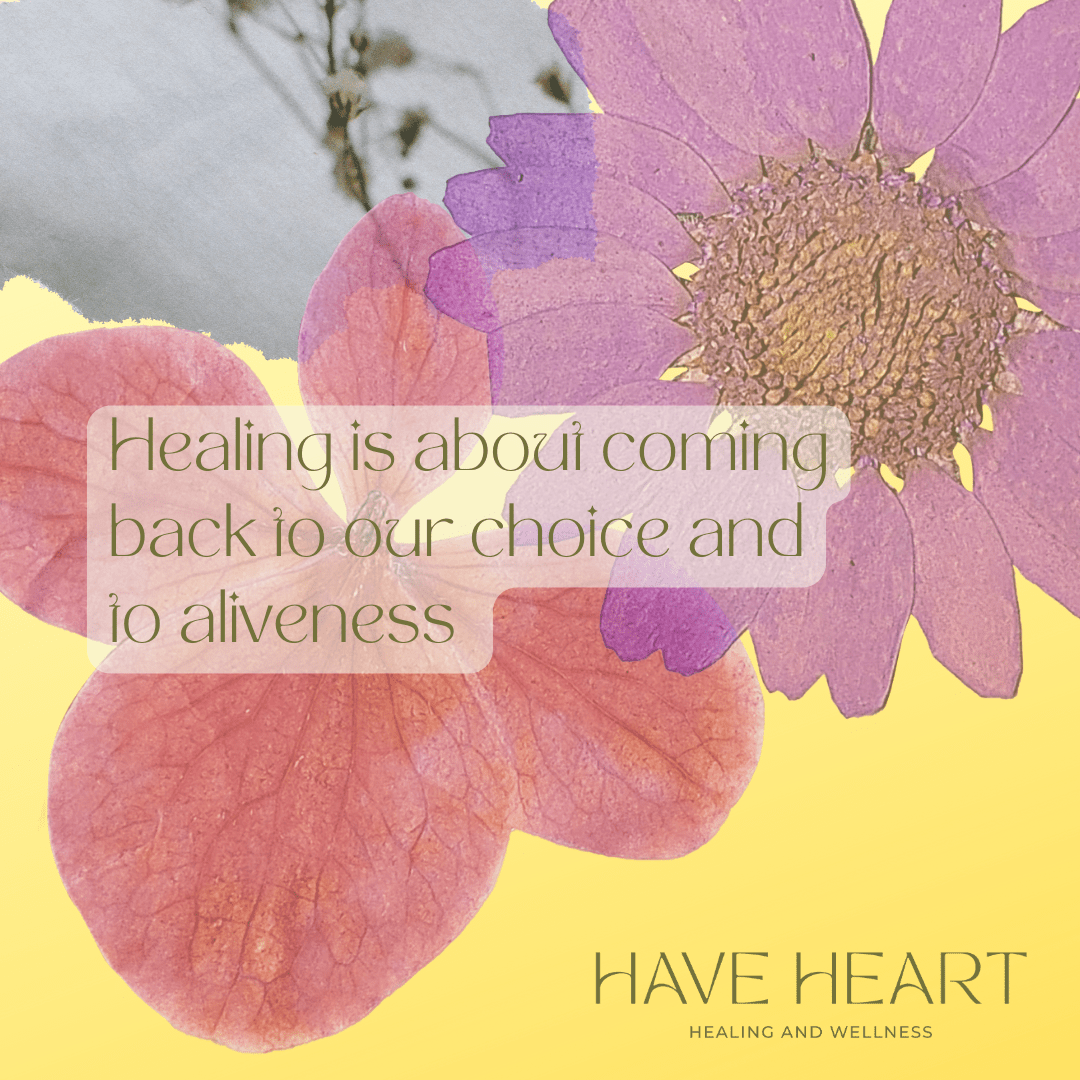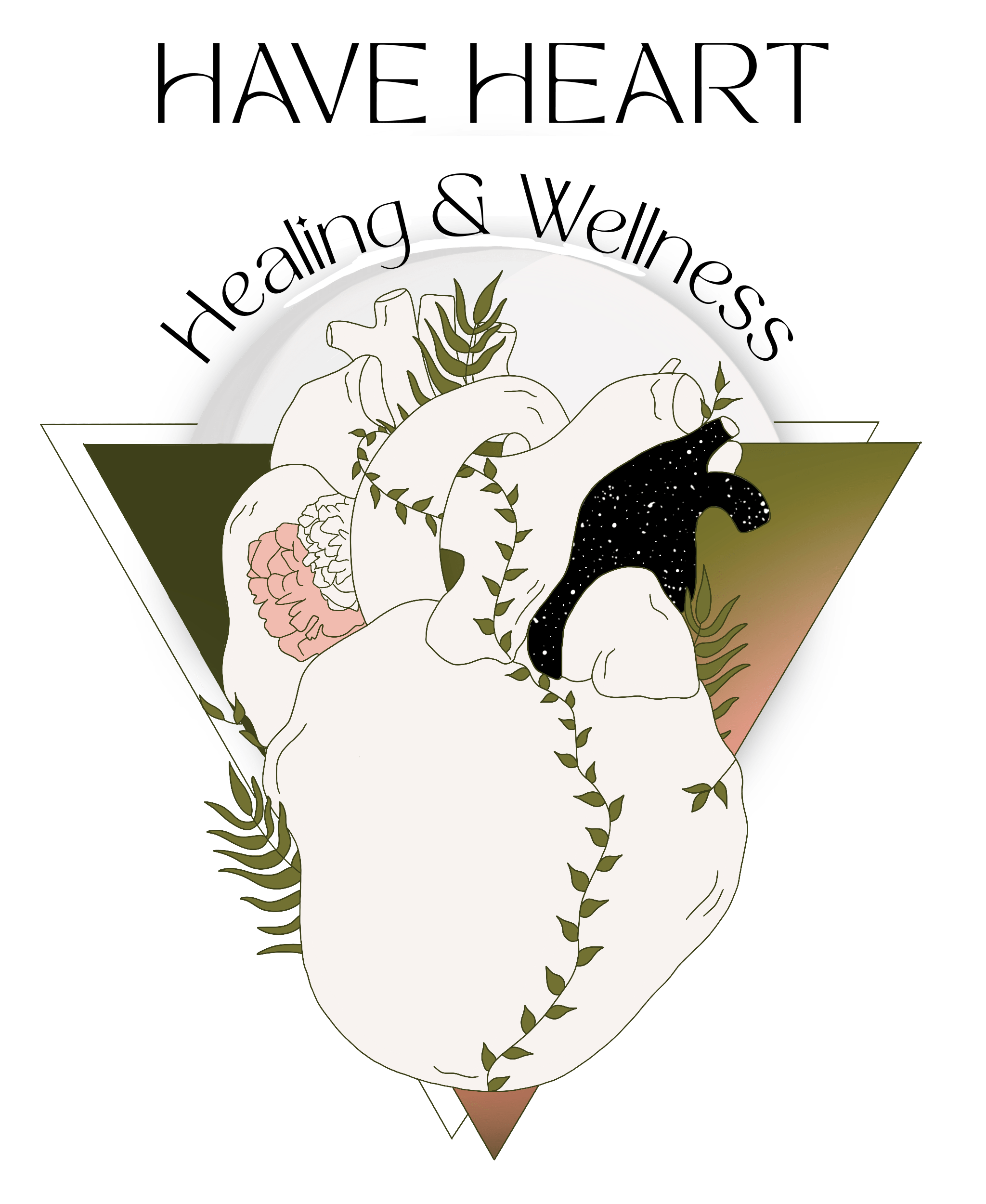
We’re Going Back to The Office!
We are going back to the office! Almost exactly four years ago, we sent out an email to our community around navigating the moment of uncertainty that we were entering
We are now offering in-person sessions at our Capitol Hill office, in addition to our Telehealth appointments. Learn More Here >>


We are going back to the office! Almost exactly four years ago, we sent out an email to our community around navigating the moment of uncertainty that we were entering

Getting Unstuck The world we live in is often overwhelming. From our jobs, our families, the political climate, our relationships, all of these pieces of our lives create pressure. Sometimes

Centering Ourselves Inside of Anxiety There is so much inside of our experiences of trauma and oppression that produces anxiety. Anxiety can feel like an all encompassing experience. Like it’s

Our Bodies Take Care of Us in the Face of Our World We live inside of a world where our attention is constantly pulled in millions of directions every moment.

How We Hold Healing and Transformation at Have Heart

Finding Connection in Our Lonely World The world as it is sets us up for loneliness. One of the costs of racial capital and the system of wage labor that
Poly and Kink Affirming * Fat Liberation * LGBTQ+ Responsive * Trauma Informed * Sex Worker Affirming *
* Centering QTBIPOC *

Copyright (c) 2022 Have Heart Healing and Wellness, PLLC. All rights reserved.
* indicates required
Have Heart Wellness will use the information you provide on this form to be in touch with you.
You can unsubscribe at any time by clicking the link in the footer of our emails.
We use Active Campaign as our marketing platform. By clicking below to subscribe, you acknowledge that your information will be transferred to Active Campaign for processing.